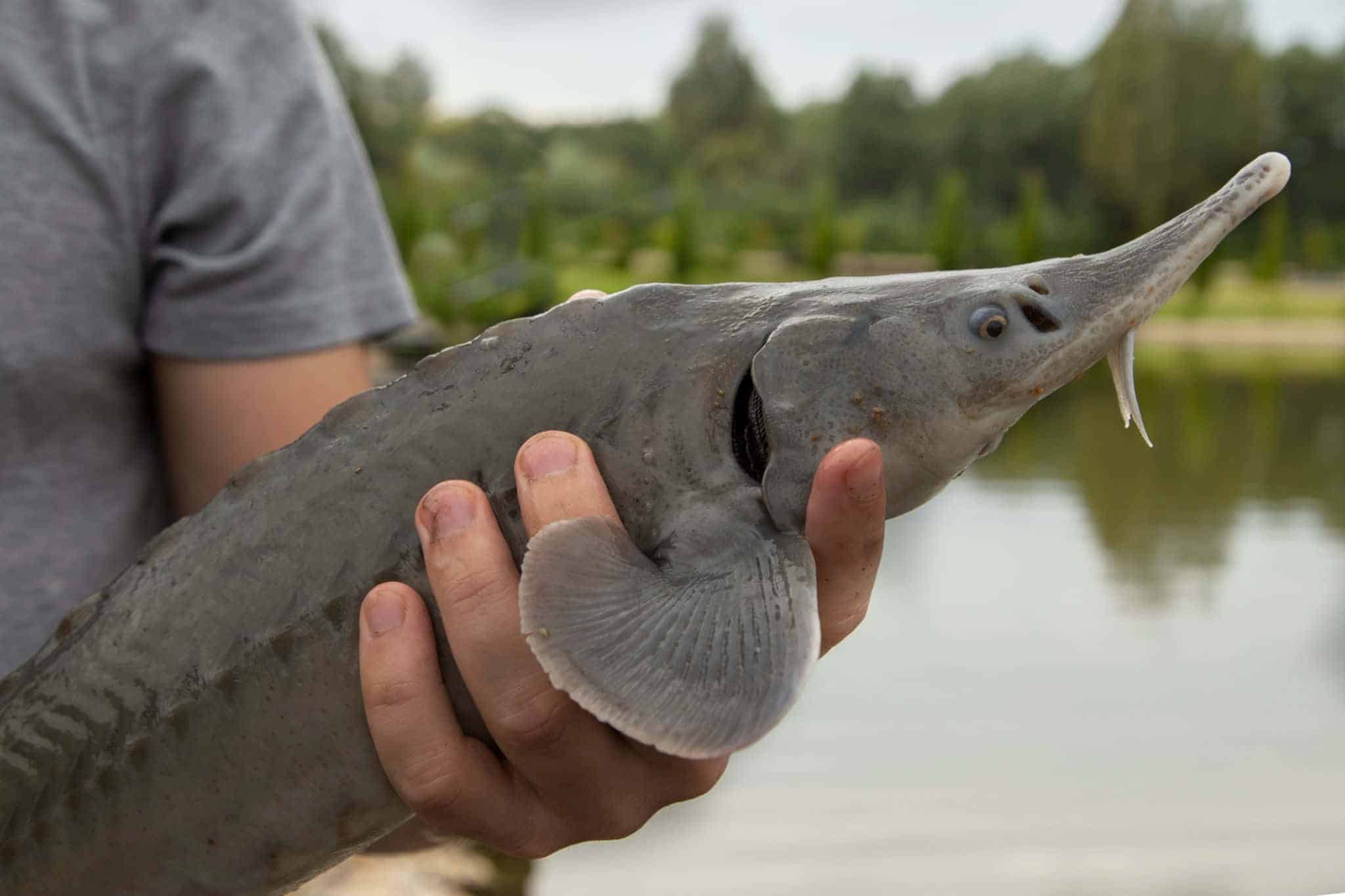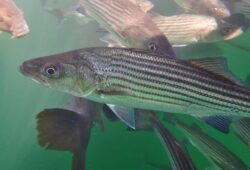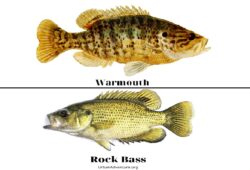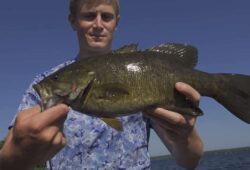Just like many avid anglers, you may be asking yourself – Are there sturgeon in the Mississippi River?
It is not a surprising fact that the Mississippi River is home to a number of fish species, the sturgeon included… But is the population still thriving? Or is it slowly dwindling down?
Know the facts first-hand with these surprising discoveries on sturgeon and whether or not the Mississippi River remains a great place to catch them. Let’s investigate!
Contents
Are There Sturgeon In The Mississippi River?
The Mississippi River is home to not one but two types of sturgeon – the shovelnose and pallid sturgeon. These fish prefer to complete the entirety of their life cycles in the rivers unlike other sturgeon varieties that opt to go from the ocean and then freshwater throughout their lifespan.
Additionally, sturgeon are frequently found in the Mississippi River basin, as well as the Great Lakes. Although they usually occur in Tennessee, the highest likelihood of capturing them in the Mississippi River is to be expected.
Unfortunately, the population of sturgeon in the Mississippi River does not seem to be thriving as it used to be. In fact, the pallid sturgeon, for instance, is slowly becoming an endangered species.
They used to come in massive numbers, occurring from the Upper Missouri River and towards the Mississippi River. With the large impoundments created in the Missouri River system, this put a halt to the successful spawning of sturgeon.
As a result, while there is still a viable number of pallid sturgeon in the Mississippi River, it is not as good as it used to be. Thus, in the lower Mississippi River, pallid sturgeon have been classified as federally endangered species of fish.
Additionally, the shovelnose sturgeon is considered as being threatened although not quite scarce. Commercial anglers prefer to catch this type of sturgeon for roe, as it has a similar appearance to the pallid sturgeon. Hence, there have been restrictions put in place regarding catching both types of river sturgeon to further prevent their decreasing population.
Pallid And Shovelnose Sturgeon In The Mississippi River

The pallid sturgeon are big fish that can grow to a maximum of 6 feet long. However, it is not very common to see such massive growth as they are quite rare. In fact, seeing something like this is calculated to be over 40 years old, and is indeed a rarity.
Now, most of the pallid sturgeon that can be caught in the Mississippi River is an average of 3 feet long or just a smidge longer.
Adult pallid sturgeon found in the lower Mississippi River thrive in a water depth of 20 to 50 feet. They also prefer to frequent certain locations in the river such as natural banks, downstream island tips, and sandbars.
Most of them avoid main channels unless they are in the low river stages. On the other hand, island-secondary channels are the preferred habitats of the pallid sturgeon.
As for the shovelnose sturgeon, they share certain similarities to the pallid in terms of their appearance. But they rarely exceed a length of 3 feet.
Just like the pallid, shovelnose sturgeon prefer relatively deep water and moderate currents being that they are riverine aquatic creatures. They have more types of habitats and opt for steeper bottom slopes.
Trying to catch them in the Mississippi River can be a challenging feat, though. Many anglers have attempted to catch them by electrofishing and using different types of nets, but this does not prove to be very effective.
On the other hand, using trotlines with nightcrawlers as bait is more effective when trying to catch the shovelnose in the lower Mississippi River. You can find greater success by doing so.
Read More: When Do Croaker Start Biting In Virginia – Planning For A Successful Angling Trip
Alarming Issue With Sturgeon Population In The Mississippi River
Sturgeon eggs are considered to be the finest source of caviar. This is why the increased harvest of sturgeon for this purpose has led to their reduction in number. They are growing slowly and fail to reach sexual maturity sooner than they used to.
In the past, a female pallid sturgeon reached maturity at age 9 or 10. Then, they spawn as many as 40,000 eggs. As for the female shovelnose, they mature earlier at ages 7 or 8 and then spawn an average of 10,000 eggs.
But now, with the harvesting of these eggs for caviar, many of the sturgeon eggs are not fertilized nor spawned. This is also why the sturgeon population has declined by about 99 percent, and it is not only due to overfishing but also because of pollution and the building of dams.
However, with guidelines and restrictions set in place regarding the harvesting of sturgeon, this aims to remedy the issue being faced by this fish species. State protection is provided by most states not only in the Mississippi River but also in Lake Superior, Ohio River, and the Missouri River.
Over time, these actions should be able to address the situation with the hopes that the sturgeon population will rise back. Yet the fact remains that only time will tell.




